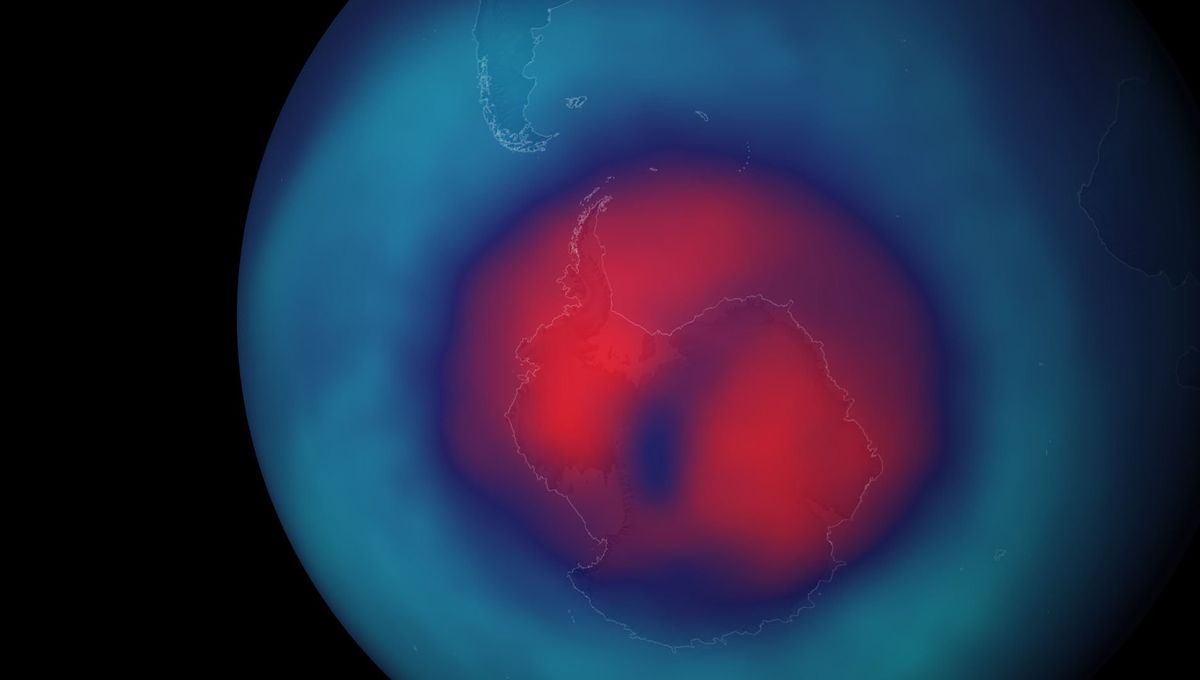
The ozone layer should be completely recovered in the next four decades, according to a United Nations (UN)-backed report. The findings confirm that bans on ozone-depleting substances are having the desired effect, and could avoid an estimated 0.3-0.5°C (0.54-0.9°F) of global warming by the year 2100.
The Montreal Protocol was adopted in September 1987, and remains a rare example of a UN treaty that achieved universal ratification. The Protocol identifies nearly 100 substances as having a damaging effect on the ozone layer, and seeks to put measures in place to regulate their consumption and production.
These substances include chlorofluorocarbons, commonly known as CFCs, which used to be found in aerosols. In order to eliminate them quickly, CFCs were often replaced with alternative substances called hydrofluorocarbons (HFCs). While HFCs do not directly deplete the ozone layer, they can have a marked impact on global warming, so later amendments to the Protocol have sought to begin phasing out their use as well.
Every four years, the Scientific Assessment Panel to the Montreal Protocol on Ozone Depleting Substances publishes a progress report – and the latest gives us some cause for optimism. If current policies remain in place, the panel found, the ozone layer should recover by around 2040 for most of the world, by 2045 over the Arctic, and by 2066 over the Antarctic.
This means that the layer will be back to the state it was in in 1980, which is before the infamous ozone hole formed.
“That ozone recovery is on track according to the latest quadrennial report is fantastic news. The impact the Montreal Protocol has had on climate change mitigation cannot be overstressed. Over the last 35 years, the Protocol has become a true champion for the environment,” said Executive Secretary of the UN Environment Programme’s Ozone Secretariat, Meg Seki, in a statement.
As well as the recovery of the ozone layer itself, the report has some positive news about the phasedown of HFCs. It is estimated that if progress continues to be made in this area, 0.3-0.5°C (0.54-0.9°F) of warming could be avoided by 2100.
“Ozone action sets a precedent for climate action. Our success in phasing out ozone-eating chemicals shows us what can and must be done – as a matter of urgency – to transition away from fossil fuels, reduce greenhouse gases and so limit temperature increase,” said Secretary-General of the World Meteorological Organization, Professor Petteri Taalas.
The committee has based its report on extensive data collected by teams of researchers across the world.
The results are due to be presented at the 103rd annual meeting of the American Meteorological Society.
Source Link: The Ozone Layer Will Fully Recover By 2066, If Current Progress Continues